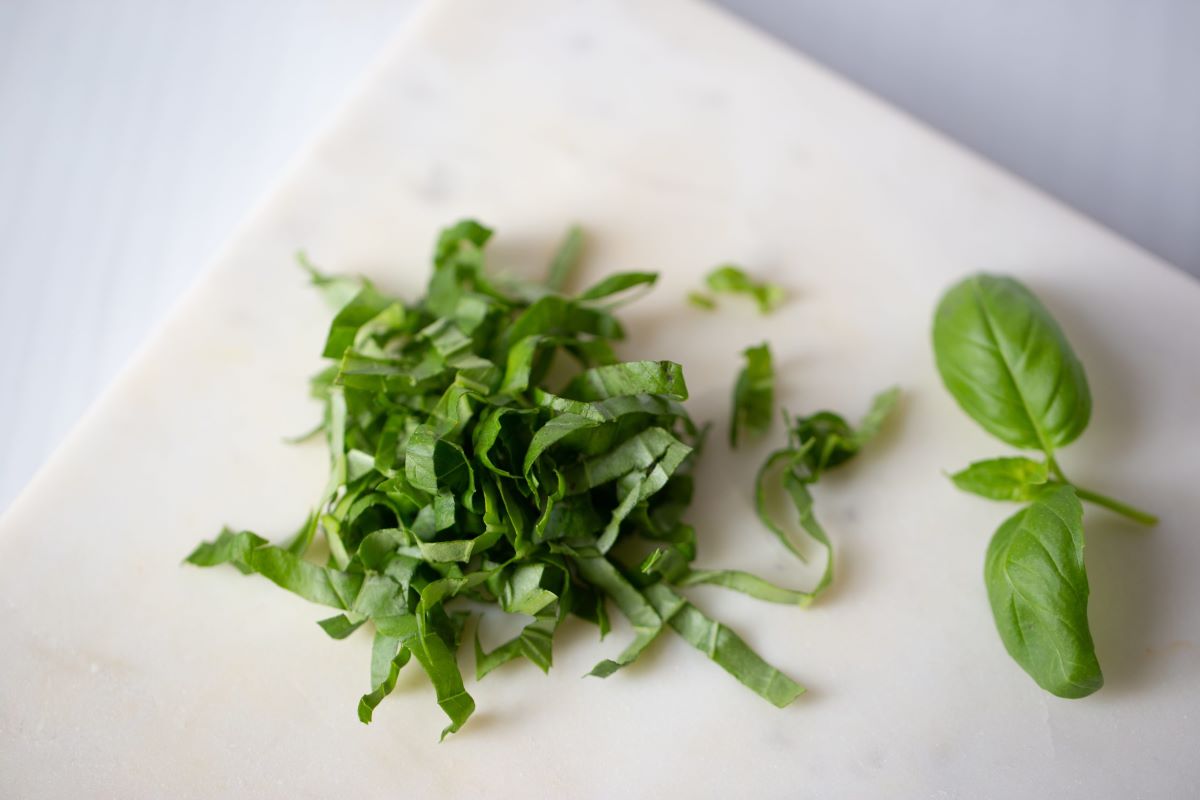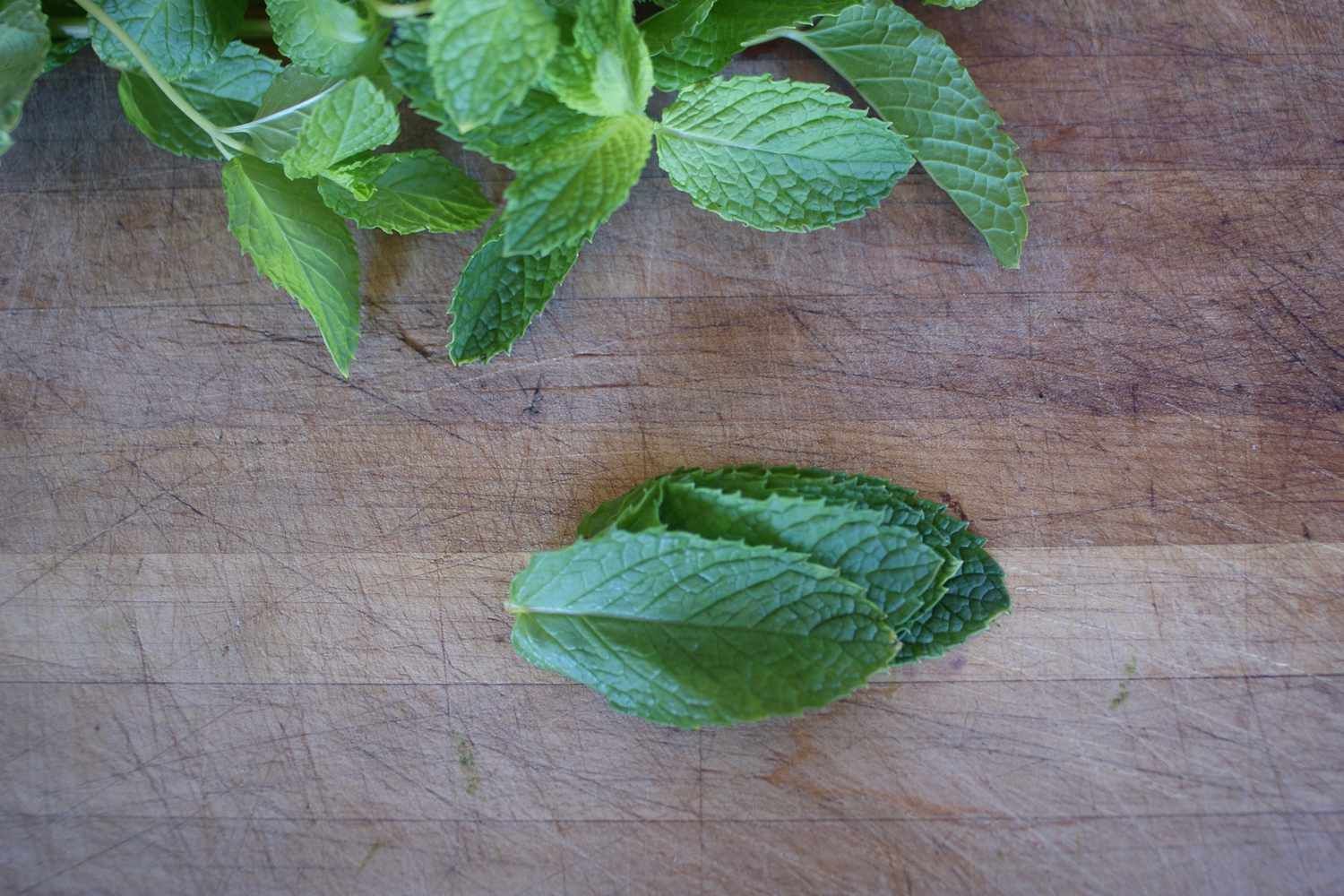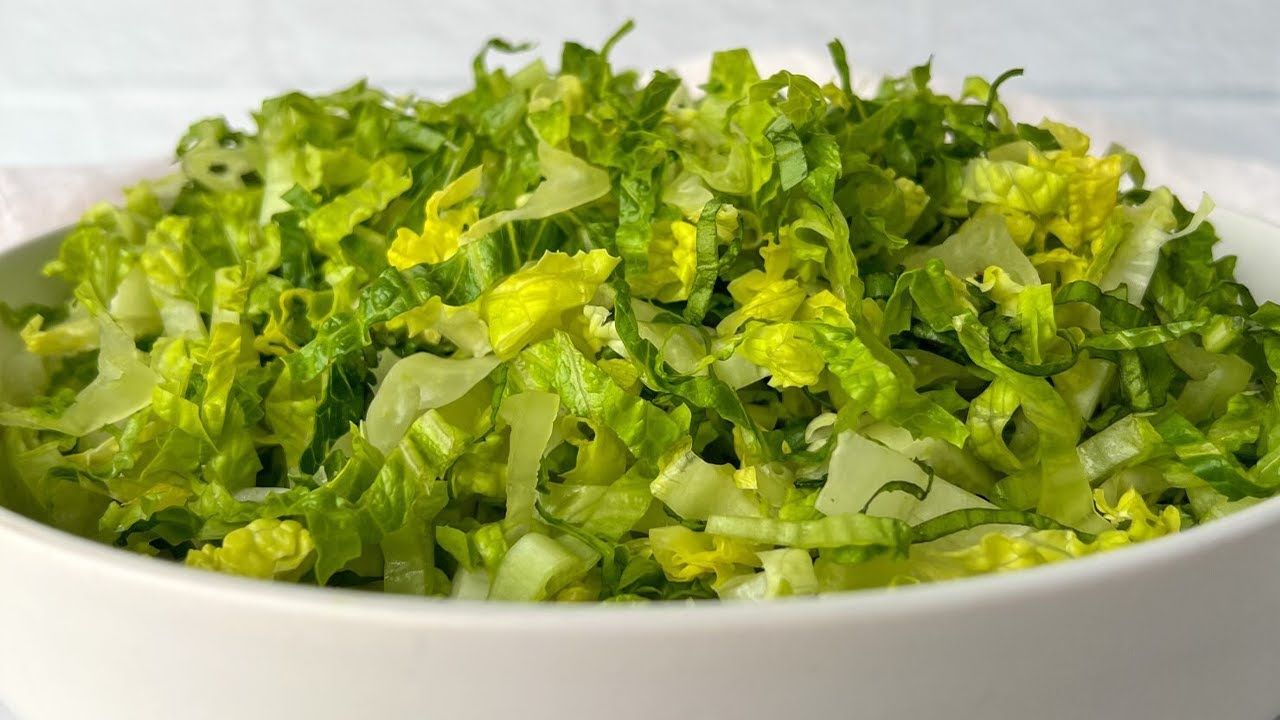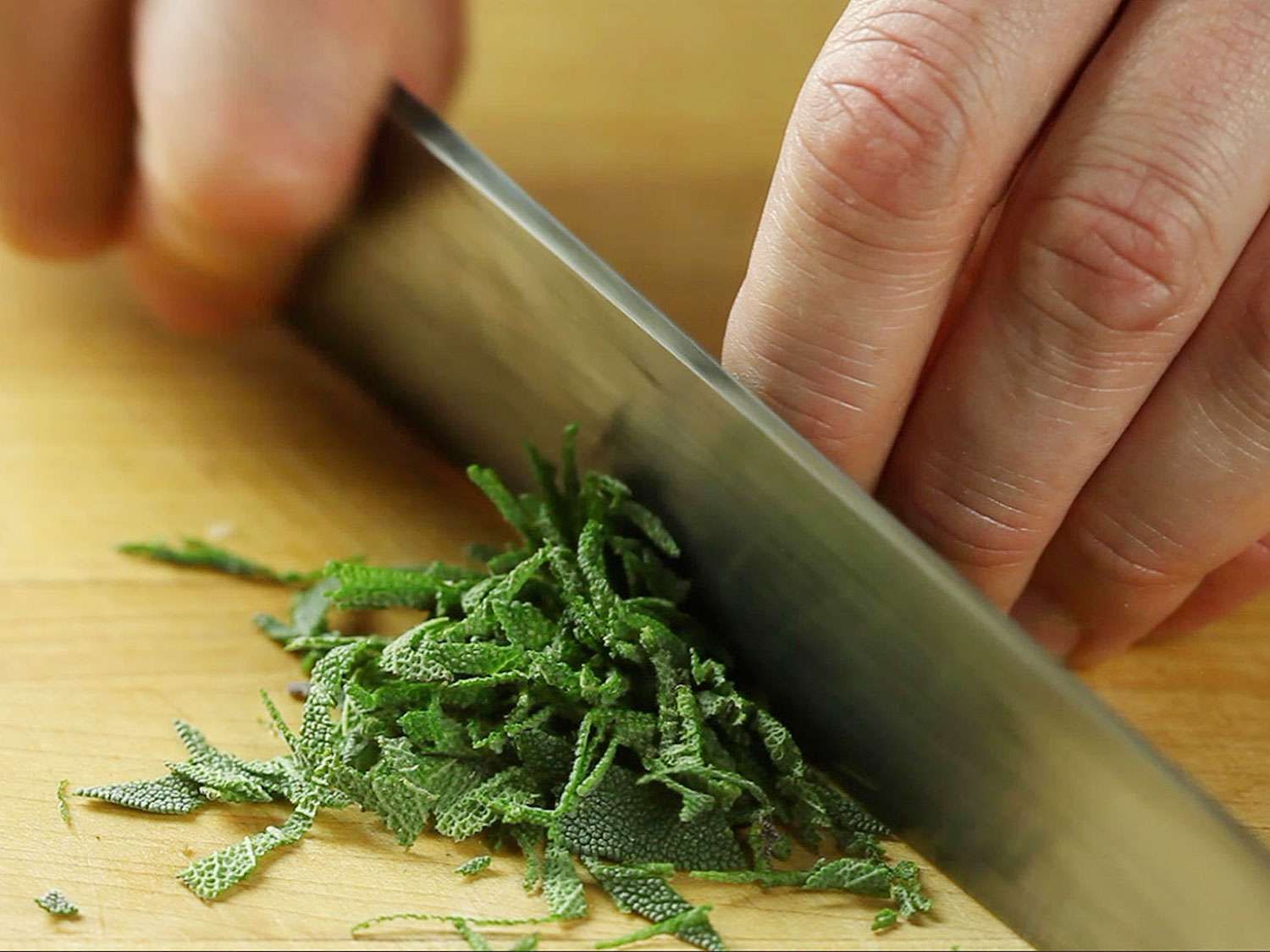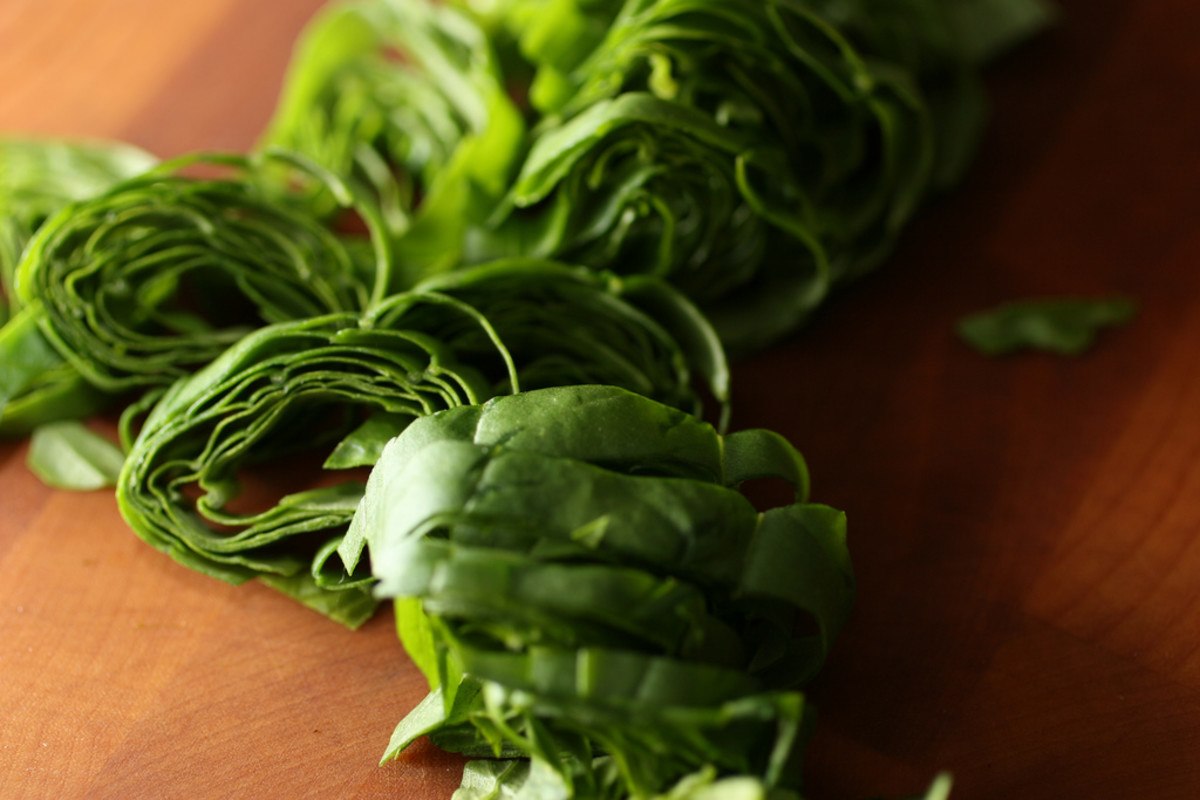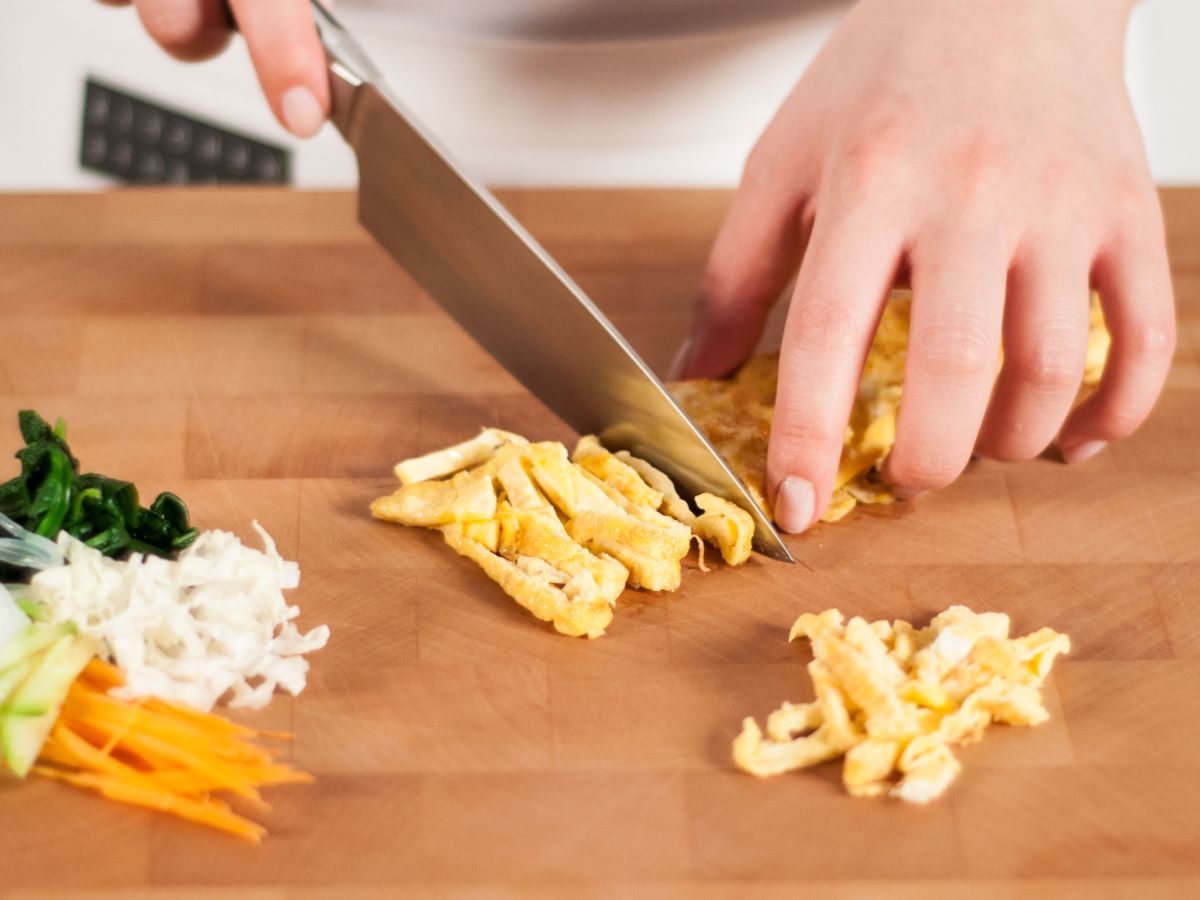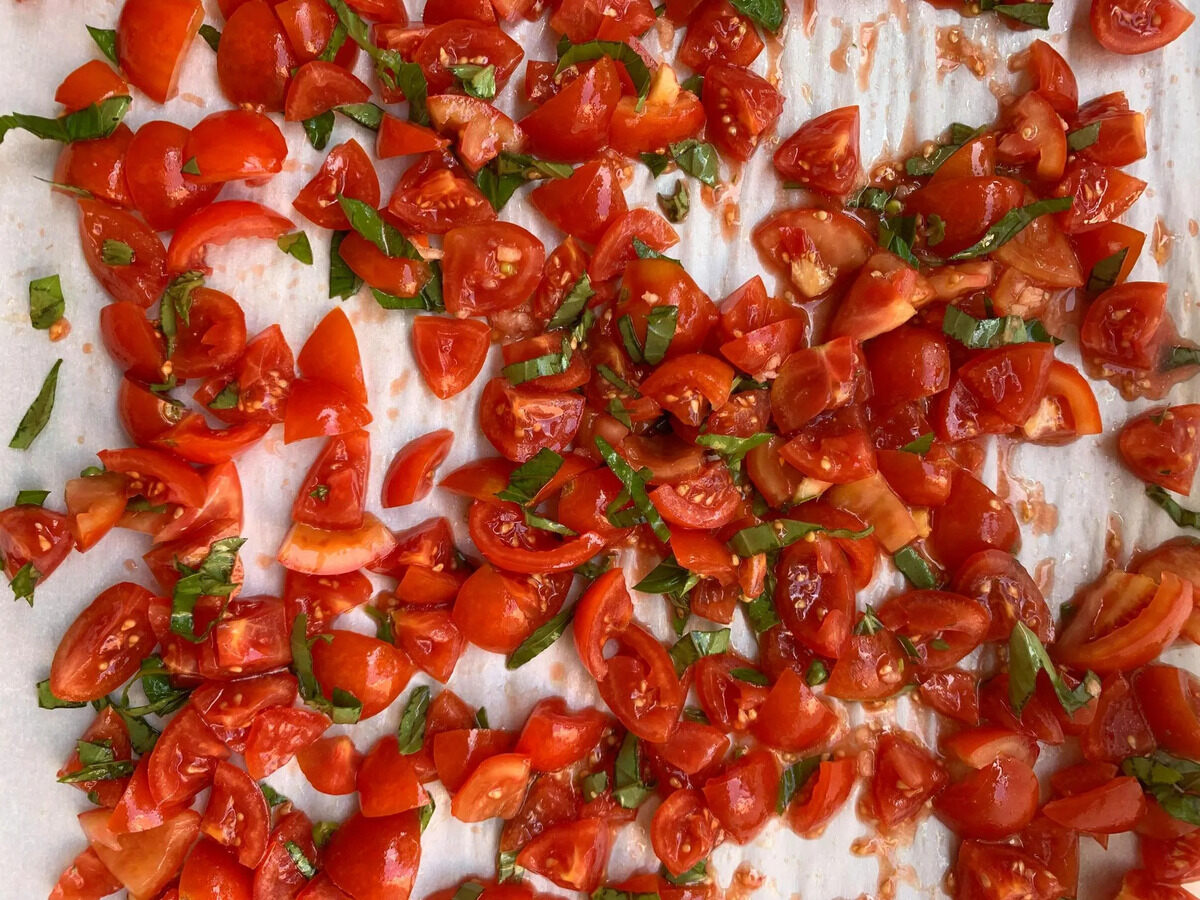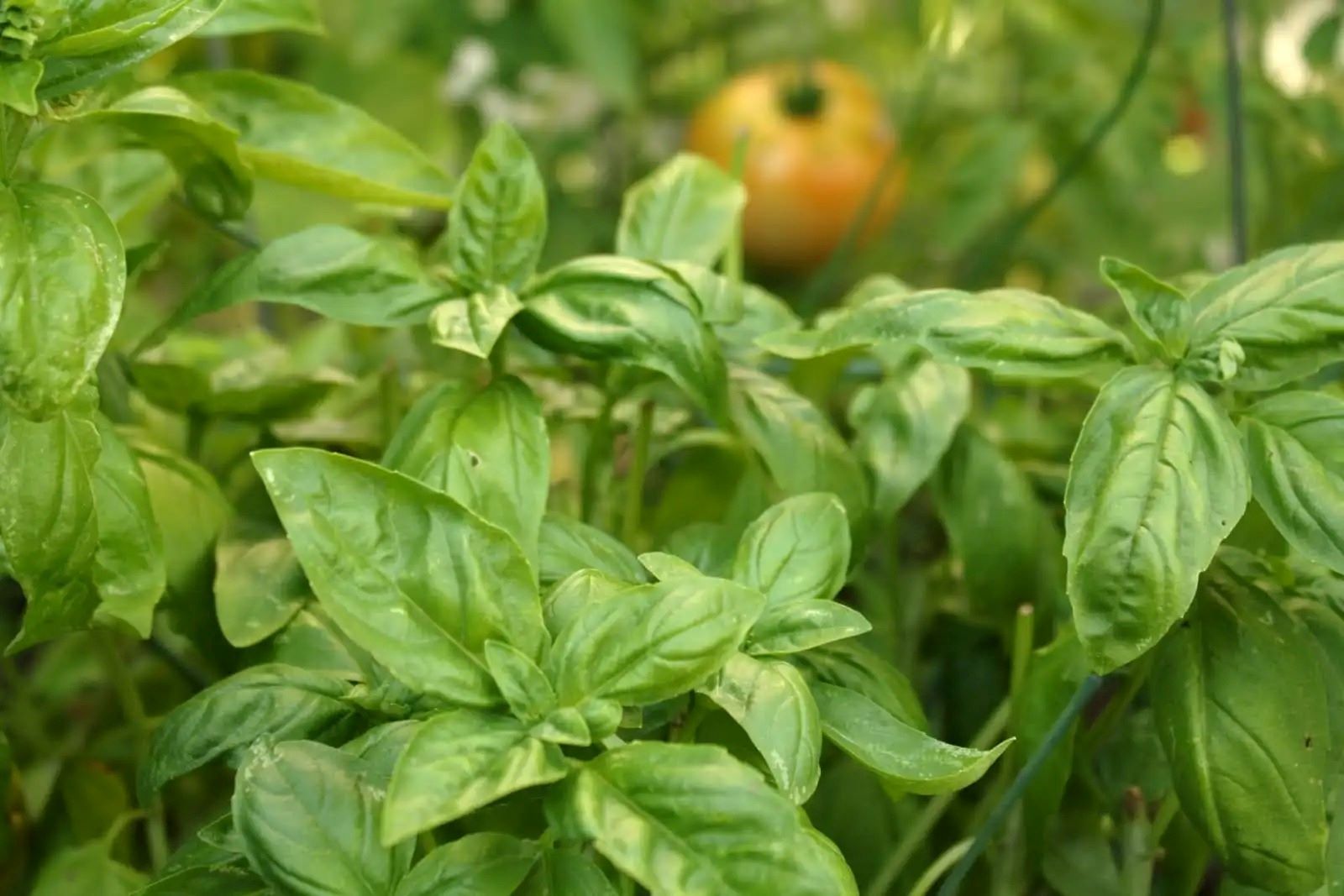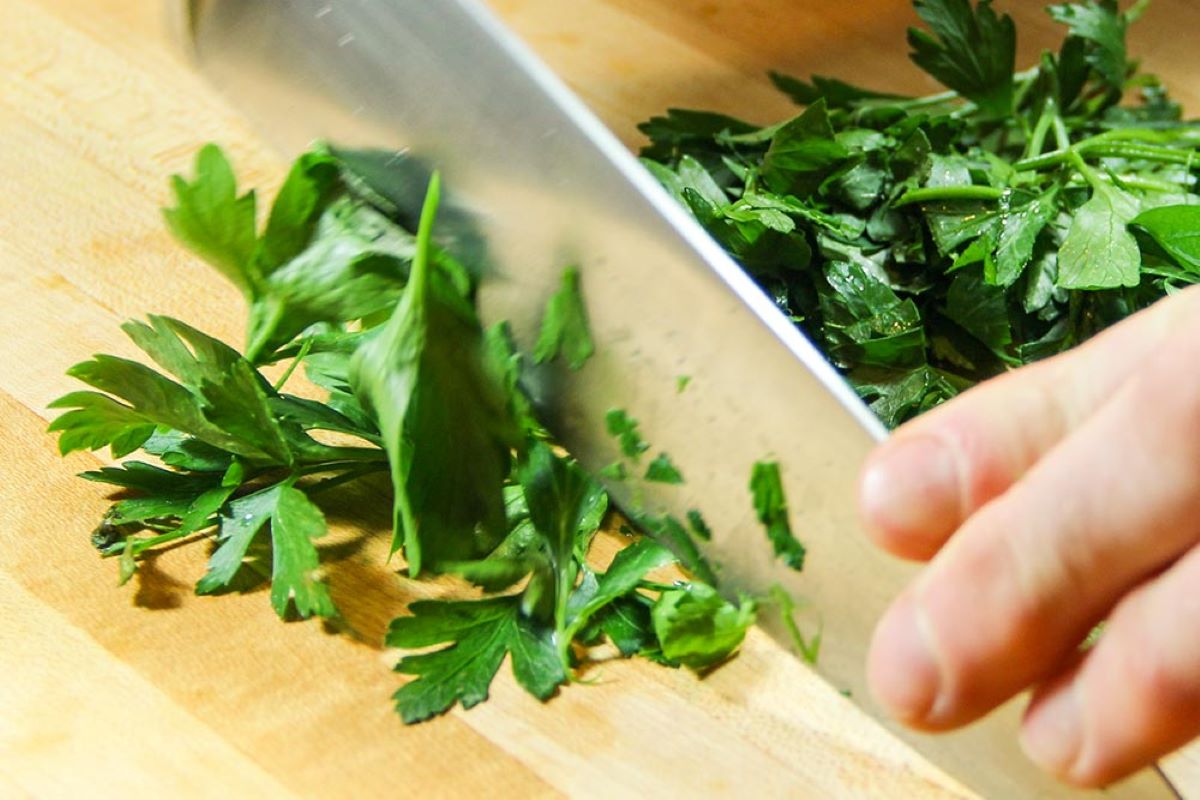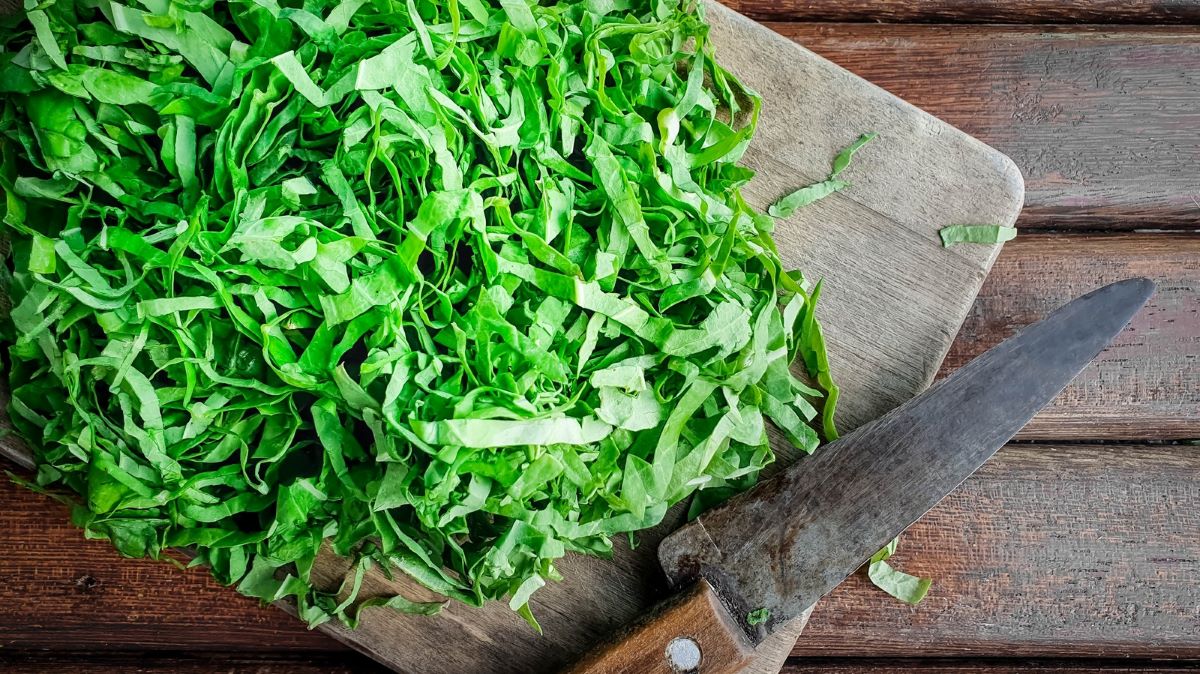Mastering the Art of Chiffonade Cutting
Chiffonade cutting is a culinary technique that involves slicing leafy greens or herbs into thin, ribbon-like strips. This method not only adds an elegant touch to your dishes but also helps to evenly distribute the flavors of the ingredient. Whether you’re a seasoned chef or a novice cook, mastering the art of chiffonade cutting can elevate your culinary skills to the next level.
Choosing the Right Ingredients
Before you start chiffonade cutting, it’s essential to select the right ingredients. Leafy greens such as basil, mint, spinach, and kale are perfect candidates for this cutting technique. Make sure to pick fresh, vibrant leaves that are free from any blemishes or wilting.
Preparing the Leaves
Once you have chosen your leafy greens, it’s time to prepare them for chiffonade cutting. Follow these simple steps to get your ingredients ready:
- Wash the leaves thoroughly under cold water to remove any dirt or debris.
- Gently pat the leaves dry with a clean kitchen towel or paper towel.
- Remove any tough stems or veins from the leaves, ensuring that you’re left with just the tender, leafy parts.
The Chiffonade Cutting Technique
Now that your ingredients are prepped, it’s time to master the chiffonade cutting technique. Follow these steps for perfect, ribbon-like cuts:
- Stack several leaves on top of each other, ensuring that they are aligned neatly.
- Roll the stack of leaves into a tight cylinder, like a cigar.
- Using a sharp knife, slice the cylinder crosswise into thin strips, creating beautiful ribbons of greens.
Remember to use a gentle, rocking motion with your knife to ensure clean, even cuts. Take your time and focus on maintaining a consistent thickness throughout the chiffonade.
Utilizing Chiffonade Cuts in Your Dishes
Once you’ve mastered the chiffonade cutting technique, the possibilities are endless. Here are some creative ways to incorporate chiffonade cuts into your culinary creations:
- Sprinkle fresh basil chiffonade over a Caprese salad for a burst of color and flavor.
- Add a touch of elegance to your soups and stews by garnishing with a sprinkle of chiffonade-cut spinach or kale.
- Enhance the presentation of your pasta dishes by topping them with a generous handful of chiffonade-cut herbs like parsley or mint.
Experiment with different combinations and let your creativity shine through as you explore the art of chiffonade cutting in your kitchen.
Practice Makes Perfect
Like any culinary skill, mastering the art of chiffonade cutting takes practice. Don’t be disheartened if your first attempts aren’t flawless – with time and patience, you’ll soon be chiffonade cutting like a pro.
So, grab your favorite leafy greens, sharpen your knife, and start honing your chiffonade cutting skills. Before you know it, you’ll be adding a touch of culinary finesse to every dish you create.
Happy chiffonade cutting!
Was this page helpful?
Read Next: How To Chiffonade Tomatoes


